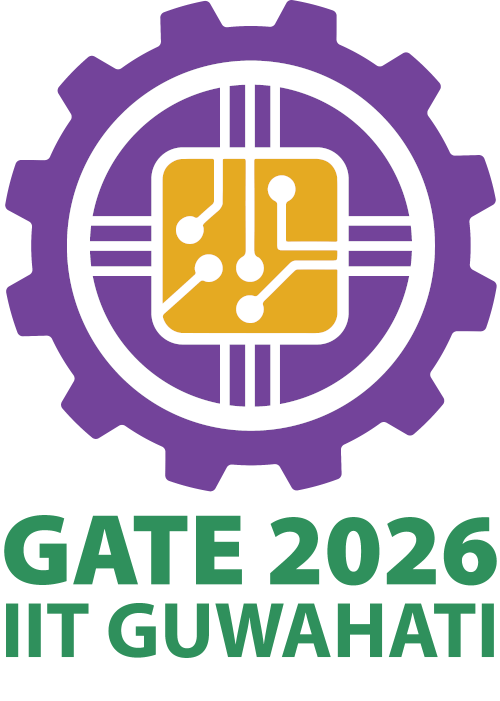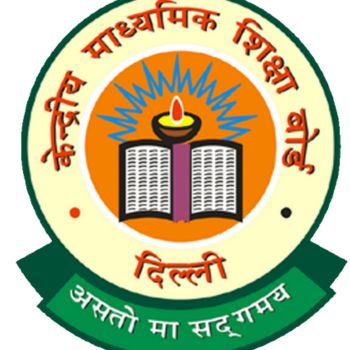Master of Statistics (M.Stat) is a 2-year postgraduate degree that teaches advanced statistics theory, data analysis, chance, and how to use these skills in the real world in fields like healthcare, banking, economics, and research. The course combines computer modelling, real-time data handling and mathematical modelling to prepare students for jobs in both academia and the business world.
Candidates who want to join the Master of Statistics program must have a Bachelor's degree in Statistics, Maths or a related field like Computer Science or Economics from a recognised university. Most of the time, candidates need at least 50-55% aggregate marks or equivalent CGPA. You can only get into most of the best colleges if you do well on tests like the CUET PG, the ISI Admission Test (Indian Statistical Institute), or exams at the university level. Some colleges may also look at what the student has said or their academic background.
Indian colleges charge different amounts for a Master of Statistics degree, but it's usually around INR 2,00,000-3,50,000. Some private colleges may charge more for the same program, but government colleges like ISI Bangalore, ISI Kolkata, and Delhi University offer it for less money and are still very good.
Individuals who earn this degree may be able to work as a biostatistician, financial analyst, quantitative researcher or statistical expert. Banking, insurance, market research, public health, AI and machine learning are just a few of the fields that actively hire Master of Statistics grads. From the start most people make between INR 5 and 8 LPA, but with more experience, especially in research firms, tech companies and foreign groups, workers can make up to INR 12 to 25 LPA.
Table of Contents
- Master of Statistics Key Highlights
- What is a Master of Statistics?
- Why Study Master of Statistics?
- Who should study for a Master of Statistics?
- Master of Statistics Eligibility Criteria
- Master of Statistics Entrance Exams 2025
- Master of Statistics Best Colleges in India
- Master of Statistics Admission Process 2025
- Master of Statistics Syllabus
- Master of Statistics Job Opportunities in India
- Master of Statistics FAQs
Master of Statistics Key Highlights
Below are the key highlights of the Master of Statistics course in India:
What is a Master of Statistics?
The Master of Statistics (M.Stat) is an advanced degree that takes two years to complete. It is for people who want to learn more about statistics, data science, and mathematical modelling. It's perfect for people who want to use data to find patterns, solve problems, and help make decisions in fields like healthcare, public policy, research, and finance.
The course goes over both the theory and practice of statistics. Probability, statistical reasoning, multivariate analysis, time series, and machine learning are some of the things that students learn. They also learn how to use tools like R, Python, and SAS to process and analyse data in the real world. Students are asked to use statistical ideas to solve problems in the real world through lab work, field projects, and real-life statistics.
Why Study Master of Statistics?
Getting a Master of Statistics (M.Stat) can help students find satisfying work in research, data analysis, and making quantitative decisions in many fields. For the following reasons, people consider this course:
- More and more people are using big data, AI, and data to make decisions. This means that there is a greater need for experts who can make sense of difficult data, guess what will happen, and give evidence-based insights.
- Finance, health care, government, market research, education and tech companies are all places where graduates can work. A lot of them also get jobs analysing policies, making surveys, working in insurance or going on to get their Ph.D.s or do study in data science.
- Along with teaching tools like R, Python and MATLAB, this course gives students a strong background in probability theory, data modelling and applied statistics. It's perfect for students who want to learn how to read data and use numbers to make a difference in the real world.
Who should study for a Master of Statistics?
A Master of Statistics (M.Stat)is a great degree for people who like working with numbers and are interested in data. It also helps people who want to use facts to make choices that affect business, society, or science. People who are like these should think about taking this course:
- Students with a background in economics, computer science, engineering, maths or statistics who want to get better at analysing and measuring data for jobs that focus on that data.
- These are the types of people who like working with data sets, statistical models, and software tools and want to work in research, data science, banking, public policy, or analytics.
- Candidates who want to get a Ph.D. or work in education or data-driven research institutions need to know a lot about statistics theory and how to use it in real life.
- People who already have jobs in market research, banks, healthcare, insurance or healthcare who want to move into data analysis, business intelligence, or statistical consulting.
Master of Statistics Eligibility Criteria
To enroll in a Master of Statistics in India, candidates have to meet some educational and admission requirements. Without fulfilling these criteria, it is not possible to enter the course. Mentioned below are the Master of Statistics eligibility criteria:
- Bachelor’s degree in Statistics, Mathematics, or related field from a recognized university
- Minimum 50%–60% marks in qualifying degree
- Must have studied several courses in Statistics or Mathematics
- Admission often requires passing an entrance exam like CUET PG or ISI Admission Test. Few institutes also admit students based on marks obtained in the last qualifying degree.
- Final year students can apply provisionally
Master of Statistics Entrance Exams 2025
For pursuing a Master of Statistics in India, various national/state/university-level entrance examinations are required to be taken. Some of the top Master of Statistics entrance examinations in India are given below:
Students with commerce background can also check M.Com Statistics
Master of Statistics Best Colleges in India
Various institutions in India are offering a Master of Statistics (M.Stat) course, each institute has got some entrance exam criteria for admitting students. Some of the best colleges in India for pursuing Master of Statistics are given below:
Master of Statistics Admission Process 2025
Admission process at Amity University for the Master of Statistics programs is as follows:
Step 1: Fill in your personal, educational and communication information on the official website to complete the registration process for the Post Graduate Entrance Test in Statistics (PGETA). Upload the scanned copies of your passport-shaped photo and signature, and pay the required application fee.
Step 2: On the exam day, show up for the PGETA entrance exam. Amity and other universities require this entrance examination for admission.
Step 3: After the main results of PGETA, go to the official website to see your All India Rank.
Step 4: Register for the counselling and attend it. Enter your desired institutions and courses while registering, such as the Master of Statistics Program of NMIMS..
Step 5: Seat assignments will be done according to your air and preferences. If a seat is handed over, confirm your selection and use the online method to pay the seat acceptance fee.
Step 6: To complete the admission process individually, go to the nominated institution and physically verify your documents.
Step 7: Complete the remaining tuition payment as per the institute's payment plan to fulfill your nomination. Master of Statistics will provide formal admission confirmation as soon as the money is received and validated.
Required Documents:
- 10th and 12th mark sheets
- ID proofs
- Transfer certificate
- Character certificate
- Medical certificate
- Category Certificate (if applicable)
Master of Statistics Syllabus
The syllabus for Master of Statistics in India is more or less the same in the colleges offering the course. The syllabus may slightly differ depending on the curriculum followed by the institute. For reference, the syllabus for Master of Statistics at Amity University is given below:
Having an arts background? No problem, you can pursue MA Statistics
Master of Statistics Job Opportunities in India
Master of Statistics graduates can have job roles in multiple fields, including Data Scientist
Quantitative Analyst, Statistician, Data Analyst/Business Analyst, Risk Analyst and others. Some of the common job roles for Master of Statistics graduates in India are given below:
Looking for jobs in the Agriculture Sector? Pursue MSc Agricultural Statistics
Master of Statistics FAQs
What kind of work do Master of Statistics students do with real-world data or businesses?
Yes! A lot of Master of Statistics programs give study projects in the field, internships, and partnerships with businesses. Students could work for the government, a study centre, a bank, a healthcare system, or an analytics company. Because they work together, they can work with real data, use statistical software in a business setting and make choices based on facts that solve real problems.
What kinds of apps and tools do Master of Statistics students learn how to use?
They learn how to use statistics programs like SPSS, R, Python, SAS and STATA. They also know how to use SQL to handle databases, Excel for quick data jobs, and data visualisation tools like MATLAB and Tableau. These tools make it easy and accurate for students to look at and understand large numbers.
After getting a Master of Statistics, what kinds of jobs can people get?
People who get their Master of Statistics can work as data scientists, mathematicians, business analysts, calculators, or data analysts. Finance, healthcare, IT, e-commerce, market research, government planning, and education are just some of the fields that hire them. A lot of them also go on to get their Ph.D.s or work on foreign study projects in public health, the social sciences, and economics.











